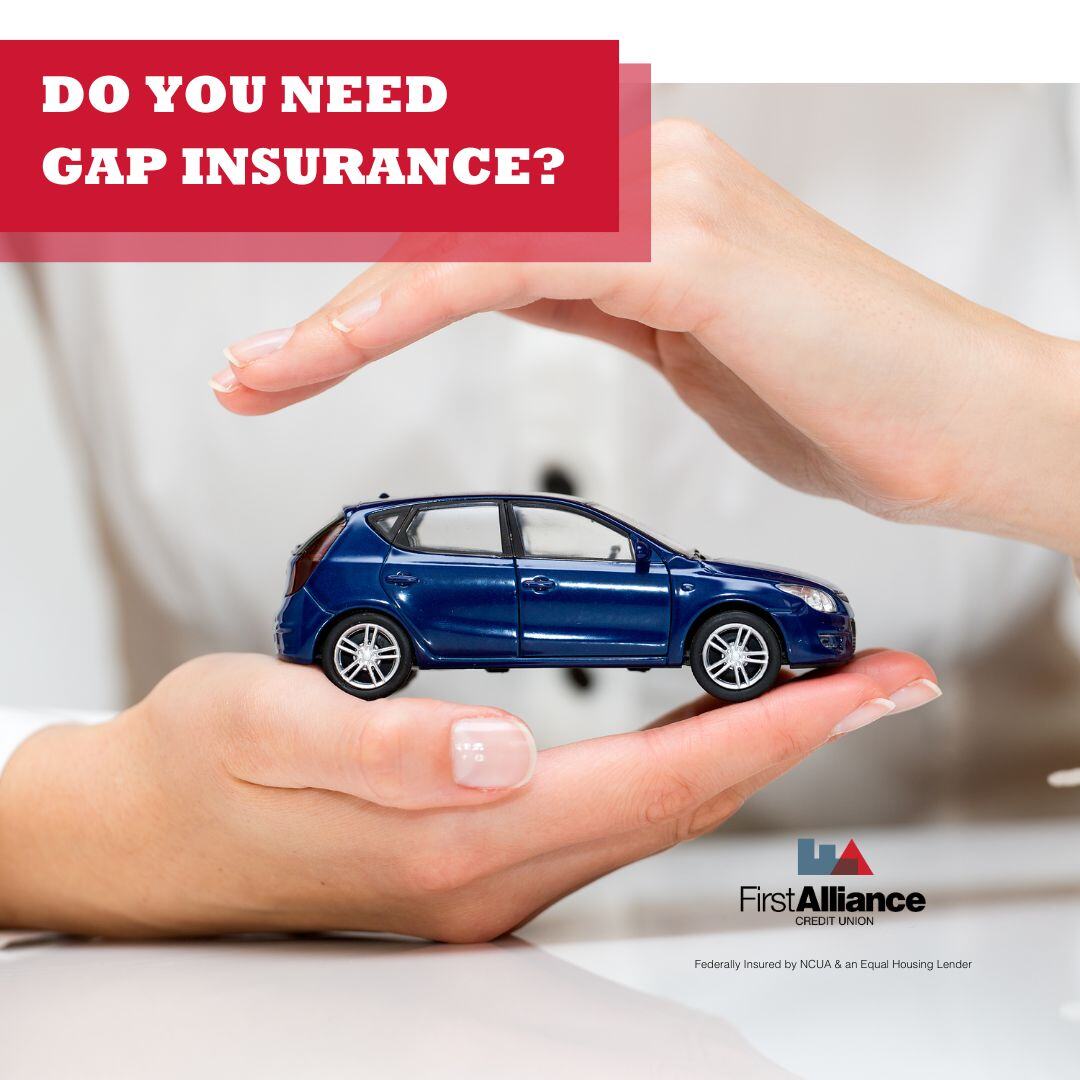What Does GAP Insurance Cover?
Picture this. You just bought your dream car. It’s shiny, smells brand new, and even your friends are jealous. You drive off the lot feeling like a...
3 min read
 Kamel LoveJoy
:
Nov 18, 2024 10:35:31 AM
Kamel LoveJoy
:
Nov 18, 2024 10:35:31 AM

Buying a car is a big step, especially if it's your first one. It's exciting but can also be overwhelming with all the terms, fees, and insurance options. One common question new car buyers have is: What is gap protection, and do I really need it? For many, gap insurance (or Guaranteed Asset Protection) can be a financial lifesaver, preventing the stress of owing money on a car you no longer have.
In this blog, we’ll break down the essentials of gap insurance—covering what it is, why it matters, and who should consider it.

Gap insurance is designed to cover the "gap" between what your car is worth and what you owe on your loan if your car is totaled or stolen. Let’s look at a quick example:
Imagine you just bought a new car for $25,000. A few months later, you’re in a serious accident, and your car is declared a total loss. Your auto insurance might pay only the car's depreciated value—let’s say that’s $20,000. But if you still owe $25,000 on the loan, you’d be left to cover the $5,000 difference. With gap insurance, that $5,000 gap would be covered, meaning you avoid paying off a car you can no longer drive.

Gap insurance is especially useful if you’ve financed or leased a new vehicle. But let’s dive into a few questions to help you decide if it’s right for you:

To avoid any surprises, it’s important to understand what gap insurance does and doesn’t cover:
Gap Insurance Covers - The remaining loan balance on your car if it’s totaled or stolen, after your auto insurance pays out the actual value. For example, if your car’s market value is $18,000 but you owe $21,000, gap insurance would cover the $3,000 difference.
Gap Insurance Doesn’t Cover:
Here’s an example to make it clearer. Let’s say you have a $500 deductible on your comprehensive coverage. If your car is totaled, your insurance pays up to the current value of the car, minus the deductible. So, if you owe $10,000 on the car, but it’s worth $8,000, gap insurance would cover the $2,000 gap—but the deductible is your responsibility.
During COVID, when vehicle prices were at record highs, some First Alliance members bought cars financed at over 125% of their value. Without gap insurance, these members could have faced significant out-of-pocket costs if they totaled their car. Instead, they avoided $2,000 to $3,000 in additional expenses, showing how valuable gap insurance can be when things don’t go as planned.

At First Alliance Credit Union, our tagline is simple: All for One, this means all we do is for every one of our members. If you have questions about gap insurance or whether it’s right for you, we’re here to help you weigh your options and make informed financial decisions.
Gap protection isn’t always necessary, but it can be a lifesaver if you’re buying or leasing a new car and want peace of mind. As with any financial decision, weigh the benefits to determine if it aligns with your needs and budget.
If you’re unsure, reach out to us at First Alliance Credit Union. We’ll walk you through your options, answer your questions, and help you find the right coverage to protect your finances.

Picture this. You just bought your dream car. It’s shiny, smells brand new, and even your friends are jealous. You drive off the lot feeling like a...

If you are looking for a home, you might be wondering if it is possible to purchase one if you are in debt. Most Americans are in debt, so you are...

The first time most people hear the term “GAP insurance” is when an auto dealer is asking them if they want to purchase it for their car, along with...